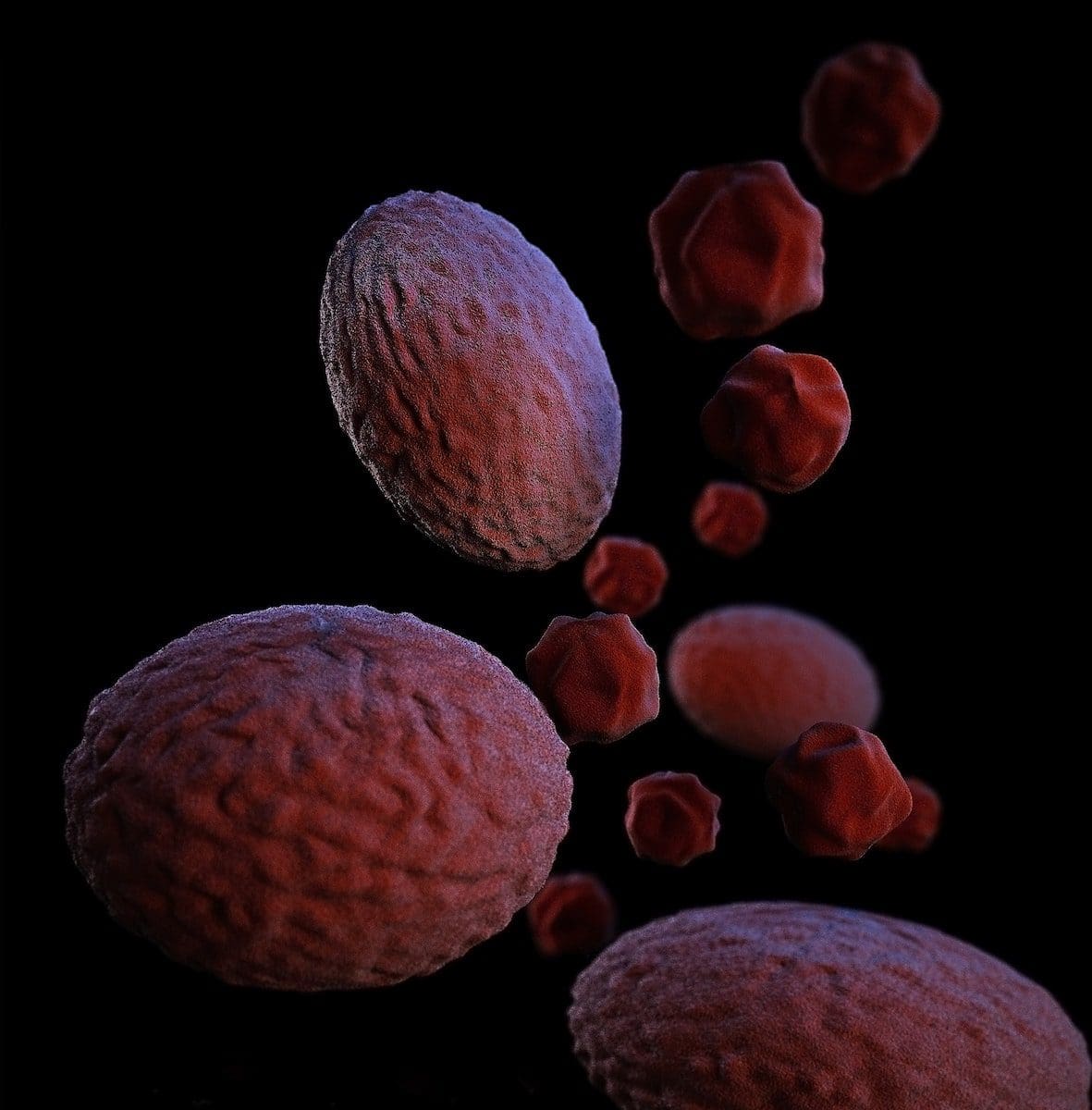Bacteria have single-cell and living organisms, while viruses are non-living until they find a host. After getting inside the host, they become living organisms and replicate themselves.
Chlamydia is an infection brought up by the Chlamydia Trachomatis bacteria. It is an (STD) sexually transmitted disease. And Yeast infection can also be called candidal infection.
Key Takeaways
- Chlamydia is a sexually transmitted infection caused by the bacterium Chlamydia trachomatis, while Yeast Infection is a fungal infection caused by the overgrowth of Candida yeast.
- Symptoms of Chlamydia include abnormal discharge, painful urination, and pain during sex, while Yeast Infection symptoms include itching, burning, and soreness in the vaginal area.
- Chlamydia can be treated with antibiotics, while Yeast Infection can be treated with antifungal medication.
Chlamydia vs. Yeast Infection
Chlamydia is an infection caused by bacteria, and it can be transmitted sexually from one person to another. Yeast infection is caused by yeast, a eukaryotic single-celled organism in the genital parts of males or females, and it cannot be transmitted sexually.

Chlamydia is produced in the body by the chlamydia trachomatis, a bacteria. Bacteria are prokaryotic because they are single-celled living organisms.
Yeast infection originated or is caused by Candida Albicans, a type of yeast. It is always caused in those areas of skin with a lot of moisture and primarily because of poor hygiene.
Comparison Table
| Parameters of Comparison | Chlamydia | Yeast Infection |
|---|---|---|
| Definition | Chlamydia is an infection induced by the Chlamydia Trachomatis bacteria. It is an (STD) sexually transmitted disease or infection. | Yeast Infection targets the private parts of males or females and its rapid growth can cause itching, unusual discharges, and irritation in that area or region. |
| Caused by | It originated or is caused by Chlamydia Trachomatis bacteria. | It is originated or caused by Candida Albicans. It is a type of yeast. |
| Cell category | It is a prokaryotic cell type. | It is a eukaryotic cell type. |
| Cell count | It is a single-celled living organism. Therefore called prokaryotic. | It is also a single-celled microorganism. |
| Nucleus | Chlamydia does not contain a nucleus inside its cell. | Yeast contains a nucleus inside its cell. |
| Intracellular microorganism | Chlamydia is an intracellular bacteria. | Yeast is not an intracellular microorganism. |
| Kingdom | It belongs to the kingdom of Eubacteria. | It belongs to the kingdom of Fungi. |
What is Chlamydia?
Chlamydia is caused due to poor hygiene, and it is caused by sexual contact. It is a type of sexually transmitted infection. It causes irritation and pain while urinating.
Chlamydia, if not appropriately treated, might affect other parts of the body, too, and can become a chronic disease. Antibiotics can help stop the spreading of this infection.
Chlamydia can be found with the help of a viral diagnostic test. Chlamydia infection can also be caused in infants through their pregnant mothers.

What is Yeast Infection?
Yeast infection targets those areas where there is moisture and is unhygienic. Yeast belongs to the Fungi kingdom and is a eukaryotic cell type with a single cell with a nucleus in it.
It proliferates in those areas which have good moisture and warm temperature. Weak immunity is a significant factor in the spread of yeast infections to other body parts.
Intake of unnecessary or unprescribed medicines and antibiotics may cause Yeast infections. Antifungal powders can be used for the cure of yeast infections.
Main Differences Between Chlamydia and Yeast Infection
- Chlamydia is induced in the body by the Chlamydia Trachomatis bacteria. And yeast infection brings up by Candida Albicans.
- Chlamydia is a type of infection that occurs in the private parts of the human body, and it can be transferred sexually from one person to another. And Yeast infection is also caused in private parts of the human body, but it cannot be transferred through sexual contact.

I found this article to be contradictory at some points. For example, it states that chlamydia is caused due to poor hygiene, but that contradicts it being a sexually transmitted infection.
I see what you mean, but I think it was just phrased poorly.
It definitely could have been written better.
I appreciate the detailed descriptions of both chlamydia and yeast infections. It’s important to have accurate information available.
I think the section about yeast infections is misleading. It seems to suggest that poor hygiene directly causes yeast infections, which is not entirely accurate.
I agree. It should be clarified that poor hygiene can contribute to yeast infections, but is not the sole cause.
This article provides clear and informative information about chlamydia and yeast infections. Well written and easily understandable.
Agreed, this was well done.
This article provides a great breakdown of the differences between chlamydia and yeast infections, making it easy to understand for readers.
The clear and well-structured comparison between chlamydia and yeast infections demonstrates a deep understanding of the topic.
The article is very comprehensive and informative, but it would benefit from a more critical analysis of the sources used for the information provided.
The article effectively explains the causes, symptoms, and treatments for both chlamydia and yeast infections, offering valuable insights.
The comparison between chlamydia and yeast infections was very thorough and well-researched.
Very well organized with the comparison table. It’s helpful to see the key differences between chlamydia and yeast infections laid out like this.